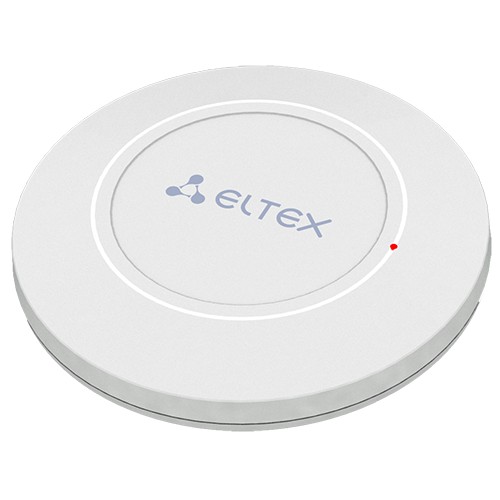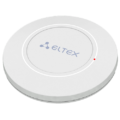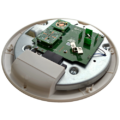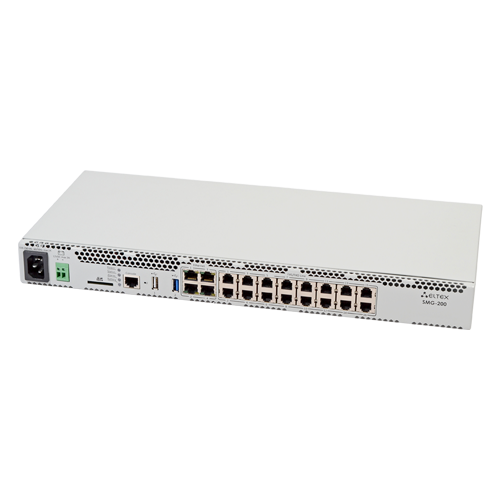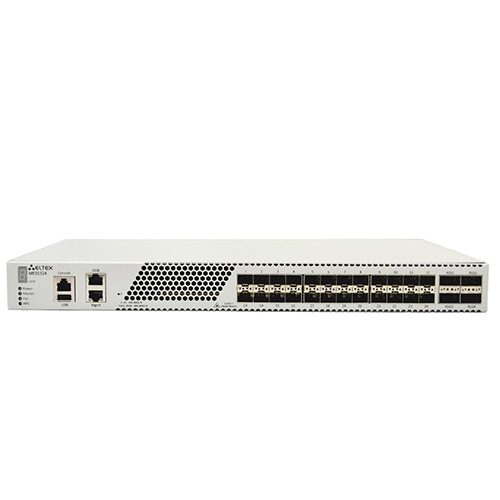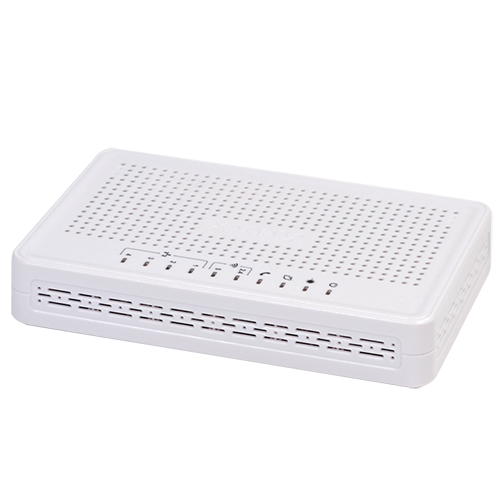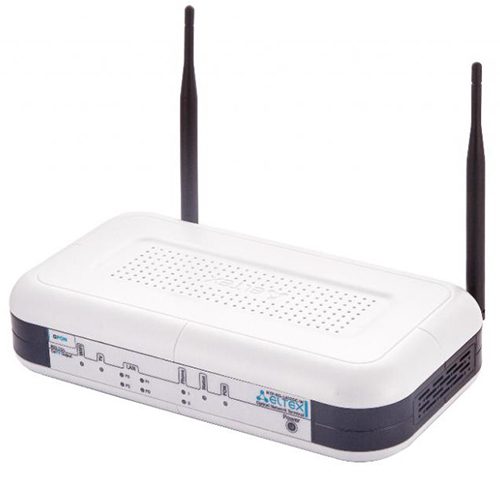Product Description
ELTEX SWITCH – WEP-2ac
Interfaces
- 1 x Ethernet 10/100/1000BASE-T port (RJ-45)
- Console (RJ-45)
WLAN capabilities
- IEEE 802.11a/b/g/n/ac standards support
- Data aggregation, including A-MPDU (Tx/Rx) and А-MSDU (Rx)
- WMM based packet priorities and planning
- Dynamic frequency selection (DFS)
- Hidden SSID support
- 32 virtual access points
- External access points detection
- WGB support
- APSD support
- WDS support
Network features
- Automatic speed negotiation, duplex mode negotiation and MDI/MDI-X switch-over
- VLAN support
- 802.1X authentication support
- DHCP client
- LLDP support
- ACL support
- SNMP support
- IPv6 support
Cluster mode operation
- Cluster creation with the capacity of up to 64 access points
- Automatic synchronization of access points configurations in cluster
- Automatic firmware update in cluster
- Single Management IP – single address for access points management in cluster
- Automatic frequency channel allocation for multiple access points
QoS functions
- Profile based packet priorities and planning
- Bandwidth limiting for each SSID
- Modification of WMM parameters for each radio interface
Security
- Centralized authorization via RADIUS server (WPA Enterprise)
- WPA/WPA2 encryption
- Captive Portal support
- E-mail notofications of system events
Wireless interface specifications
- Frequency range 2400 – 2480 MHz, 5150 – 5850 MHz
- CCK, BPSK, QPSK, 16QAM, 64QAM, 256QAM modulations
- Embedded omnidirectional antennas 2.4 GHz, embedded Smart antennas on 5 GHz
- 2х2 MIMO, Smart Antenna
- Two embedded Broadcom BCM47452 (IEEE 802.11a/n/ac) and BCM43217 (IEEE 802.11b/g/n)
Active channels
- 802.11b/g/n: 1-13 (2412-2472 MHz)1
- 802.11a/n/ac: 36-64 (5180 – 5320 MHz)
100-144 (5500 – 5720 MHz)
149-165 (5745 – 5825 MHz)1
Data transfer rate2
Receiver sensitivity
- 2.4 GHz: up to -98 dBm
- 5 GHz: up to -94 dBm
Maximum power of the transmitter
- 2.4 GHz: up to 18 dBm1
- 5 GHz: up to 21 dBm1
Physical specifications
- Power consumption below 13 W
- Broadcom BCM47452 processor
- 128 MB NAND Flash
- 256 MB RAM DDR3
- Power supply:
– PoE+ 48V/54V (IEEE 802.3at-2009)
- Operating temperature from +5C to +40C
Configuration
- Software update and configuration via DHCP Autoprovisioning
- Remote management via Telnet, SSH
- Web interface
- SNMP
- EMS management system
____________________________________________________________________
1 The number of channels and the value of the maximum output power will vary according to the rules of radio frequency regulation in your country.
2 The maximum wireless data rate is defined according to IEEE 802.11n/ac standard. The real bandwidth can be different. Conditions of the network, environment, the amount of traffic, building materials and constructions and network service data can decrease the real bandwidth. The environment can influence on the network coverage range.
